Your Location:Home >Products >Organic Chemicals >Biological buffer >5704-04-1
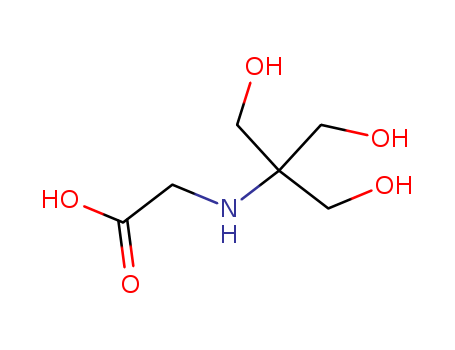

Product Details
| Product Name | TRICINE |
| Alias | |
| English | TRICINE |
| Molecular formula | |
| Molecular weight | |
| CAS No | 5704-04-1 |
| EINECS | |
| Specification | 99% |
| Appearance traits | white powder |
| Use | |
| Package | 25kg/drum |
| Other product information |
|
Descriptioin |
Tricine is a zwitterionic amino acid. It is a white crystalline powder. It was first prepared by Good to buffer chloroplast reaction.1 Tricine is a commonly used electrophoresis buffer and is also used in resuspension of cell pellets.1,2 Attributing to its higher negative charge than glycine, it can migrate faster. At the same time, its high ionic strength results in more ion movement and less protein movement. Therefore, it works as a buffer component for separation of low molecular weight peptides.3 |
|
Reference |
S. R. Haider, B. L. Sharp, H. J. Reid, A comparison of Tris‐glycine and Tris‐tricine buffers for the electrophoretic separation of major serum proteins, Journal of Separation Science, 2011, vol. 34, pp. 2463-2467 H. Sch?gger, G. von Jagow, Tricine-sodium dodecyl sulfate-polyacrylamide gel electrophoresis for the separation of proteins in the range from 1 to 100 kDa, Analytical Biochemistry, 1987, vol. 166, pp. 368-379 |
|
Biological Activity |
Electrophoresis buffer. Working pH range: 7.4 - 8.8. Commonly used in SDS-PAGE to seperate peptides. Also used in other electrophoresis methods, high performance liquid chromatography and ion exchange chromatopgraphy. |
|
Purification Methods |
Crystallise Tricine from EtOH and water. [Good et al. Methods Enzymol 24B 53 1968, McGothlin & Jordan Analyt Lett 9 245 1976, Beilstein 18 III/IV 3454.] |
|
General Description |
Trizma? and its salts are used as biological buffers to control the pH of body fluids in vitro and in vivo. It acts as a precursor for polymers, oxazolones (with carboxylic acids), and oxazolidines (with aldehydes). Trizma can serve as an alkalizing agent in treating acidosis of the blood. |
InChI:InChI=1/C6H13NO5/c8-2-6(3-9,4-10)7-1-5(11)12/h7-10H,1-4H2,(H,11,12)
Since its inception, the company has continuously expanded its business varieties and fields, to realize the business pattern with the expansion upstream and downstream as well as the complementary of internal and foreign trade. Based on technological innovation and guided by market orientation, we will accelerate the main business strategy, optimize supply chain elements, and build business flow, logistics flow, information flow, and capital flow in one mode, laying a solid foundation for supplying more high-quality and efficient services to a wider range of customers.
The invention relates to the technical f...
The present invention relates to a metho...
Tri-tetracyclines are complexes of tetra...

![N-[tris(hydroxymethyl)methyl]glycine](/upload/2024/11/598785a6-4da2-4f99-968b-1e3f38b02762.png)
N-[tris(hydroxymethyl)methyl]glycine
| Conditions | Yield |
|---|---|
|
Chloressigsaeure (Na-Salz), Tri(hydroxymethyl)aminoethan;
|
|
|
|
|
|
|
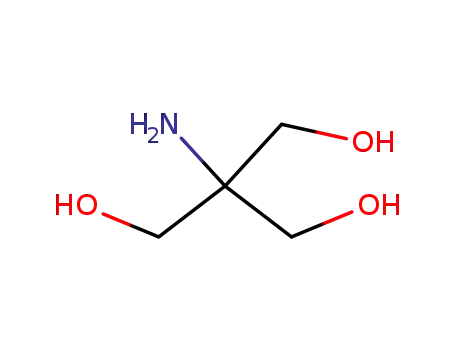
2-amino-2-hydroxymethyl-1,3-propanediol

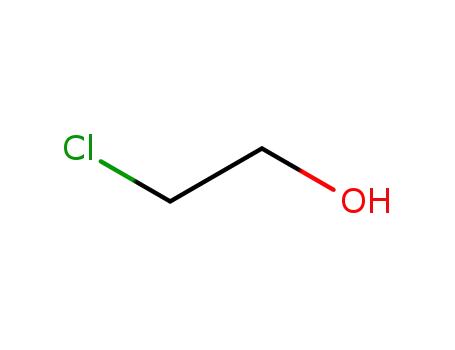
2-chloro-ethanol

![N-[tris(hydroxymethyl)methyl]glycine](/upload/2024/11/598785a6-4da2-4f99-968b-1e3f38b02762.png)
N-[tris(hydroxymethyl)methyl]glycine
| Conditions | Yield |
|---|---|
|
2-amino-2-hydroxymethyl-1,3-propanediol; 2-chloro-ethanol; In ethanol; at 60 ℃; for 4h; under 0 Torr;
With dihydrogen peroxide; In ethanol; at 65 ℃; for 6h; under 0 Torr;
|
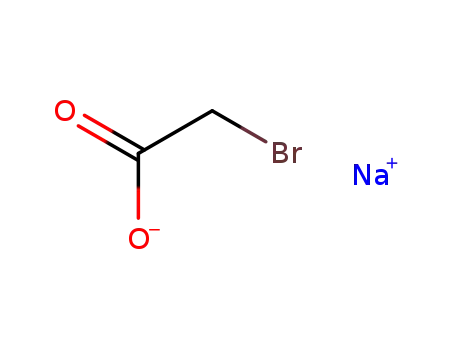
sodium 2-bromoacetate

2-amino-2-hydroxymethyl-1,3-propanediol

chloroacetic acid ethyl ester
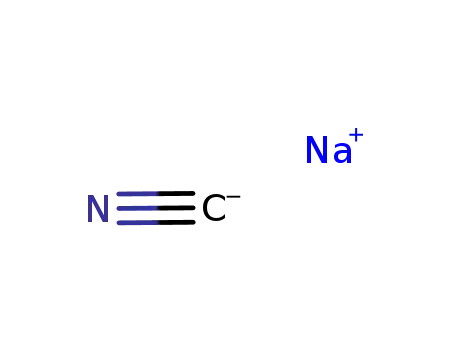
sodium cyanide
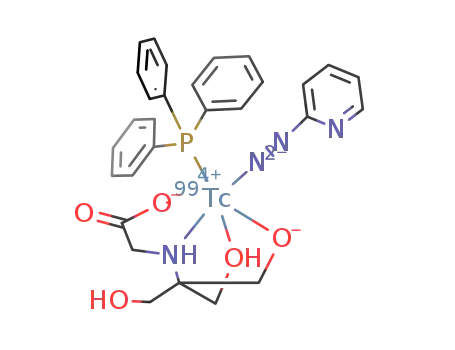
(99)Tc(NC5H4N2)(P(C6H5)3)(O2CCH2NHC(CH2OH)2CH2O)
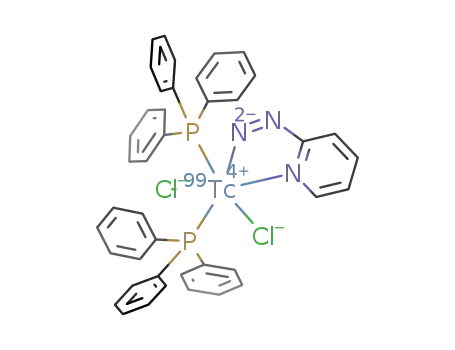
(99)Tc(NC5H4N2)(P(C6H5)3)2Cl2
CAS:123-00-2
CAS:1704-62-7
CAS:84649-84-3
CAS:86-93-1